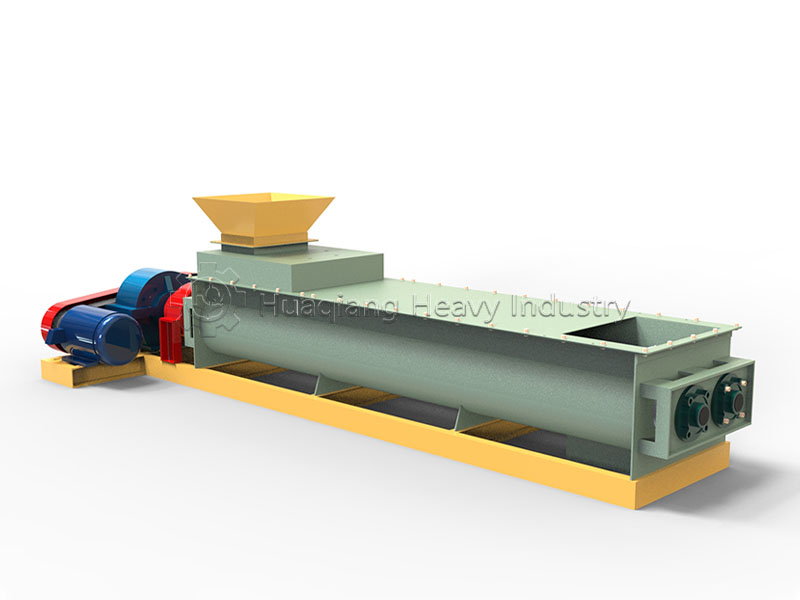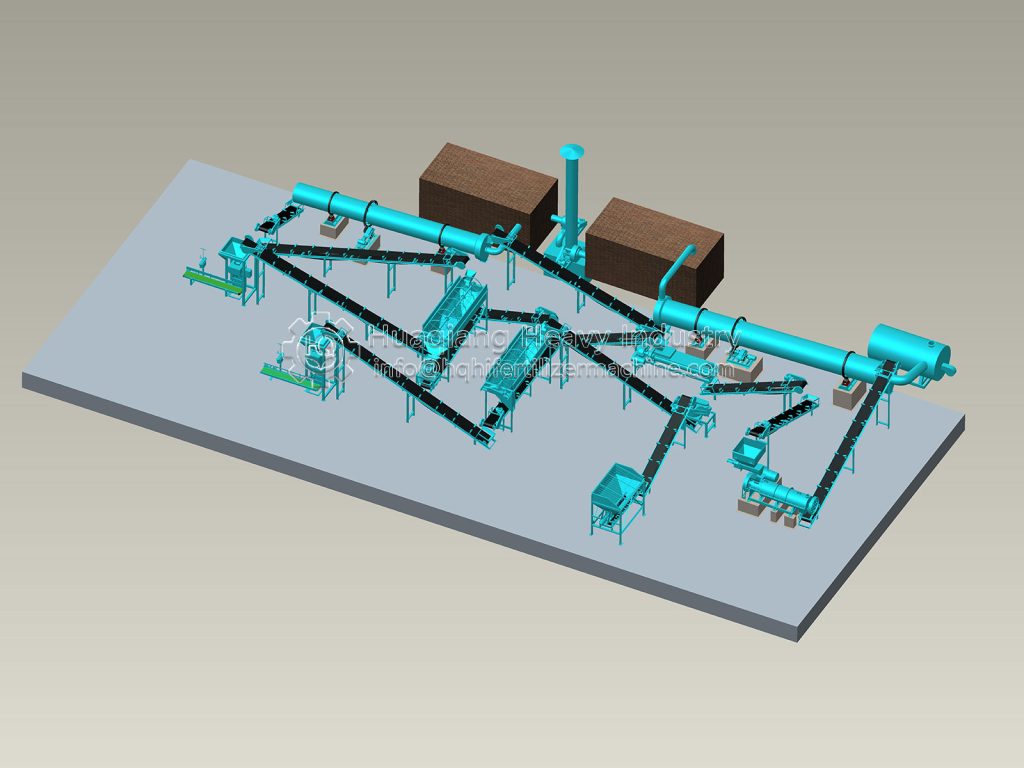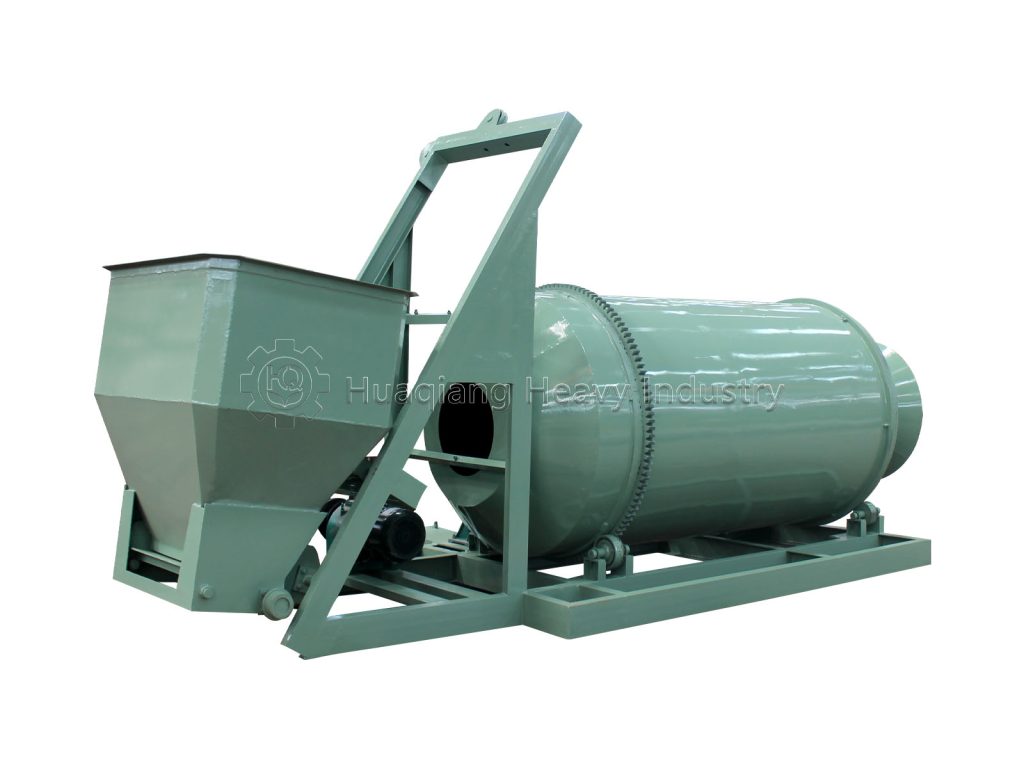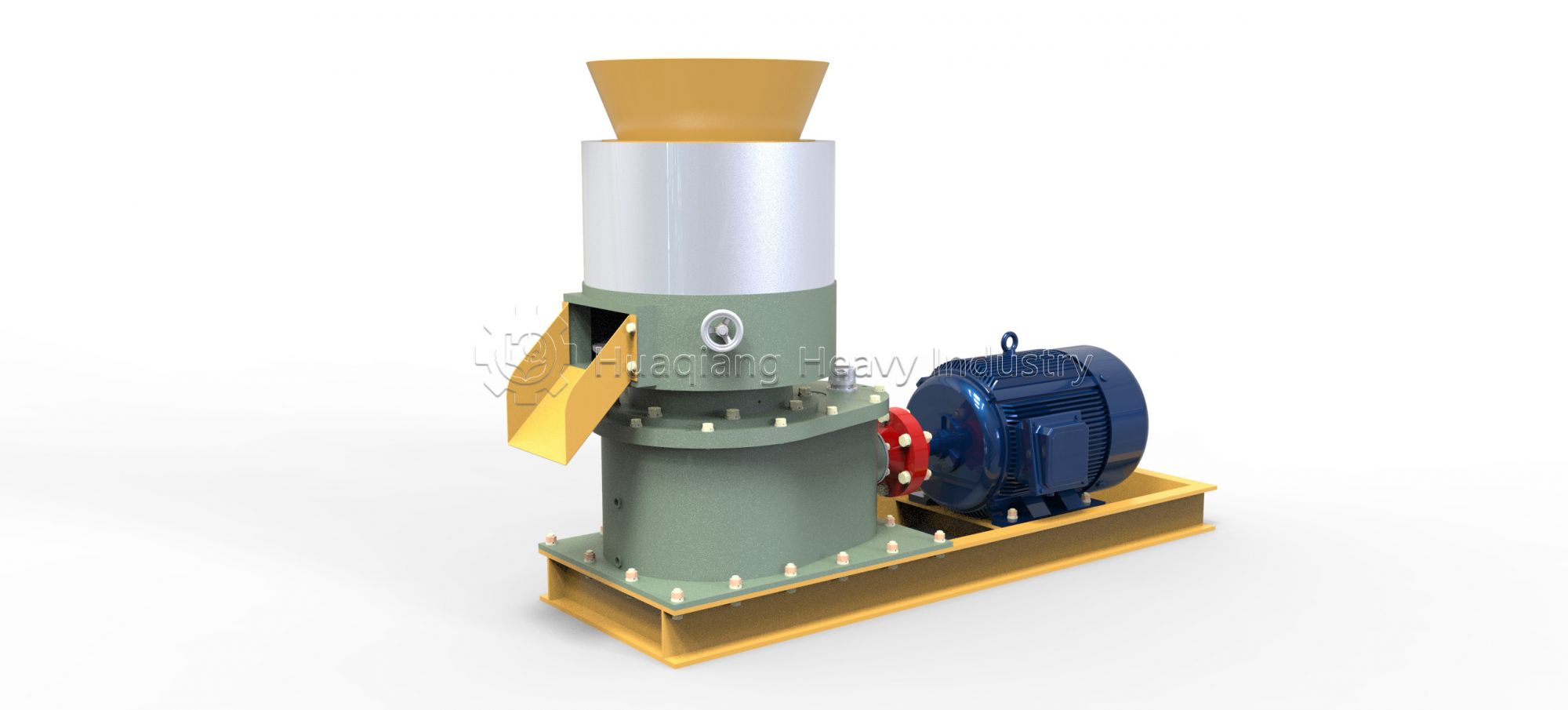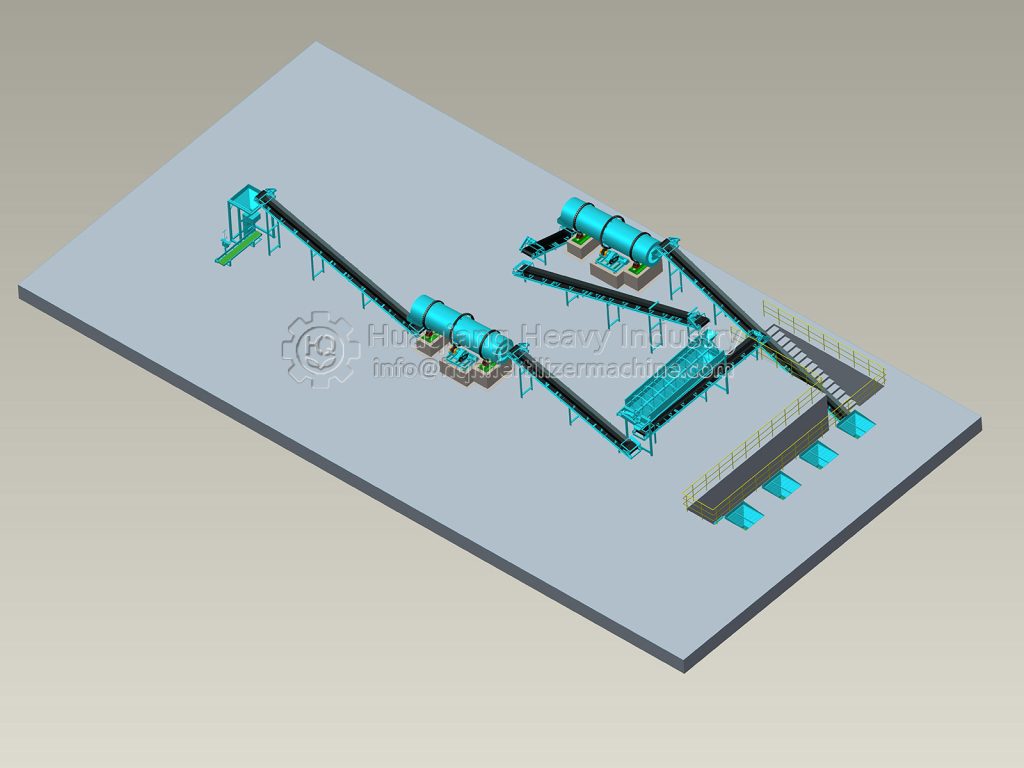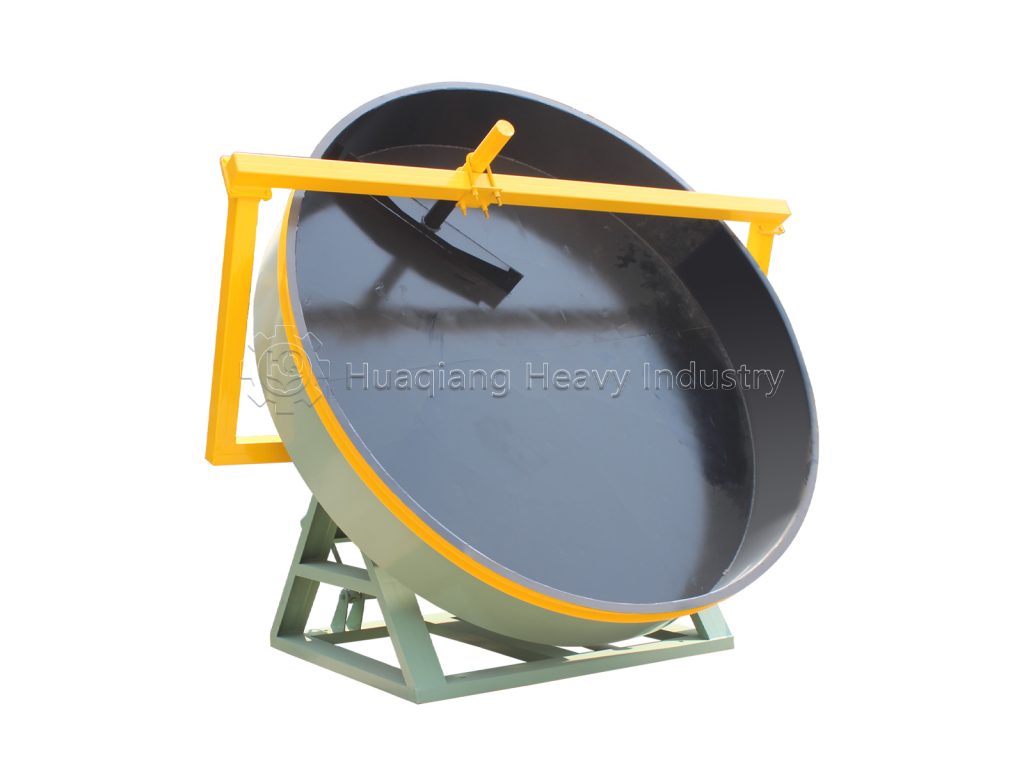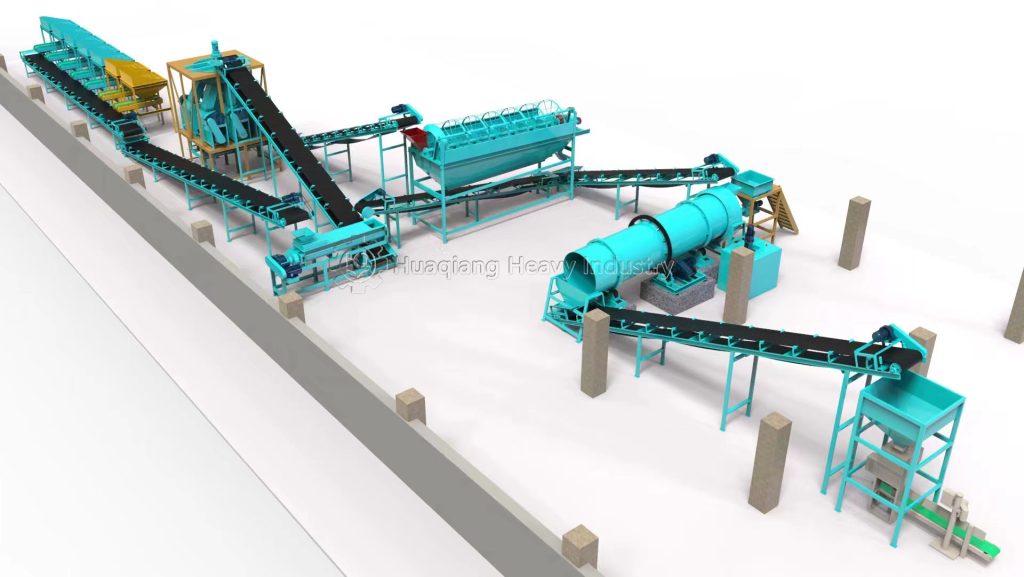In the ever-evolving world of agricultural technology, roller press granulators have emerged as pivotal game-changers. While a traditional bulk blending fertilizer line mixes pre-formed granules, these innovative machines are core to a modern npk fertilizer production line, physically binding raw powders into dense, hard granules through extreme mechanical pressure. This dry granulation method reshapes fertilizer manufacturing, offering superior efficiency, reduced energy costs, and more targeted nutrient delivery from the production plant directly to the farmer’s field.

1. Enhanced Fertilizer Efficiency
Roller press granulators produce uniform, perfectly-shaped fertilizer pellets that distribute evenly in soil. Unlike traditional powder fertilizers that dissolve too quickly, these granules release nutrients gradually – like a timed-release capsule for plants. Field tests demonstrate this controlled release boosts fertilizer utilization by 10-20%, meaning crops absorb more nutrients while less goes to waste.
2. Simplified Application Process
The free-flowing nature of granulated fertilizer revolutionizes field application. Farmers can now use precision equipment like seeders and fertilizer spreaders that automatically adjust for crop spacing. This mechanization increases efficiency dramatically – a single machine can cover 30-50 acres daily, outperforming manual methods by 5-10 times while significantly reducing labor costs.
3. Superior Physical Properties
Granulation transforms fertilizer into durable pellets with ideal bulk density. These robust particles resist breakage and caking during storage, maintaining quality for 6-12 months. During transportation, granulated fertilizer minimizes losses – statistics show only 1/3 to 1/2 the waste compared to powdered alternatives. This durability translates to substantial savings throughout the supply chain.
4. Customized Nutrition Solutions
Perhaps most exciting is the ability to create tailored fertilizer blends. Roller press granulators can formulate specific NPK ratios plus micronutrients to match crop requirements at different growth stages. Need high-nitrogen fertilizer for wheat? Or potassium-rich blend for fruit trees? These machines deliver precision nutrition that typically increases yields by 5-15% while supporting sustainable farming practices.
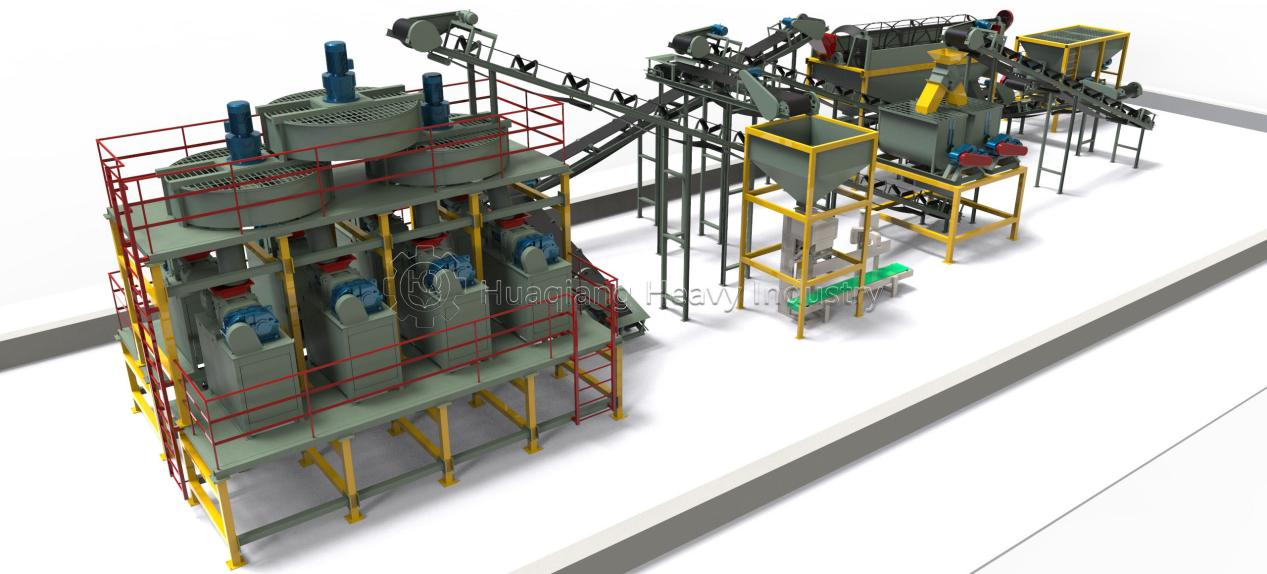
As agriculture moves toward more efficient and environmentally responsible practices, roller press granulation stands out as a technology that benefits manufacturers, distributors, and farmers alike – while ultimately helping feed our growing world.
